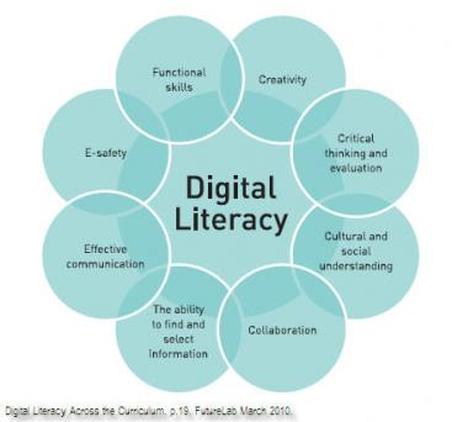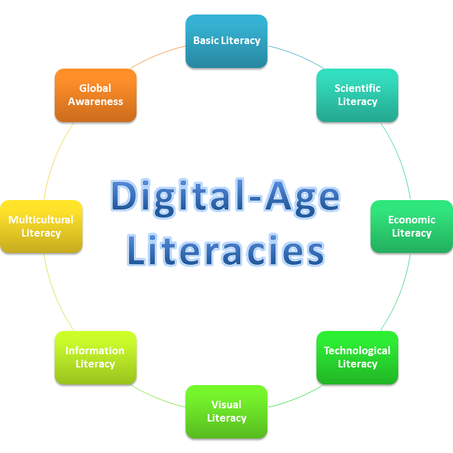My students go crazy for Kahoot. Even after we have played the game twice already, they beg me for more
...What is this about? I don't get it! Must be the whole "gaming" aspect that interests them. The immediate feedback, the competition against others, the music - these seem to draw students in. There are some downsides to Kahoot, one is which you can't track improvement or growth. So I use Kahoot mostly for reviews and vocabulary quizzes, it's a formative assessment that's fast and easy.
Quizizz and
Quizlet are also fun games for teachers to create multiple-choice
questions or use an assessment that's already created by another teacher. These can be used for pre-assessments or exit tickets as well, valuable and easy-to-digest information for lesson planning for the next day. Quizlet lets students work as a team to compete.
Hmm,
gamification, this is a very trendy topic in education! Teachers can transform their regular classroom activities into games that usually require creativity, collaboration and play. There are different ways to dive into this, but teachers need to make sure that their games promote learning and help to deepen student understanding. Of course don't forget the fun aspects! Carrie Baughcum is a
gamification guru
teachers interested in gaming their lessons can learn a lot from. She's got great advice. As she explains in
http://carriebaughcum.com/my-classroom-gamification-process-part-1/, Carrie started her first year of gaming her classroom with minigames. She also liked to harness the energy of the beginning of the school year, so she started off the school year with the games. She centers the games around "themes," - Harry Potter or Star Wars, Monopoly, etc. In her games the students go on quests, missions and in the Star Wars game, one of the purposes is to become a Jedi warrior. She believes it helps to start with the theme to get your imagination working and have an easier time with set-up. Another necessity is clear goals, otherwise your game might lack purpose. She has two kinds of goals: base level (which are soft skills - being able to follow directions, being on time, etc.) and advanced level (skills related to becoming an independent learner in terms of 21st century skills). When students display or use these skills successfully they earn credits, using google forms to keep track. Students use their credits to get further in the game. With individual game boards and a leaderboard for the whole class, there is an element of competition. Carrie also has different levels to becoming a Jedi warrior, added incentives for kids to excel.
In another
post Carrie lays out all her steps, which are considerable! As I was listening to her video post, I thought, wow, this is a lot of prep time. But I think there's a wonderful pay-off. Students can play the game all year, you can keep it going if you want. I've never been a gamer, but I remember my son being absolutely mesmerized, when he was younger, by Empire Earth. He would get cheat codes and play for hours with his cousins, talking about it and sharing ideas. I don't think he ever got as excited about something in school! If we can leverage that excitement, interest and competitive spirit with games in our classrooms, we should go for it.
I found a related book:

This is a collection of chapters written by some of the top educators and gaming professionals to share strategies and activities. I read a review of the book by Michael Garlin on the EdTech RoundUp:
It’s an excellent read for any teachers who are looking for ways to spice up their classroom, or for any tech coaches who are looking for ideas to use with the teachers they serve.
He did have some critiques of the book (wants a more specific focus on how each of the strategies or activities is directly related to literacy, etc.) however he enjoyed the book and thinks it's a worthwhile resource.

